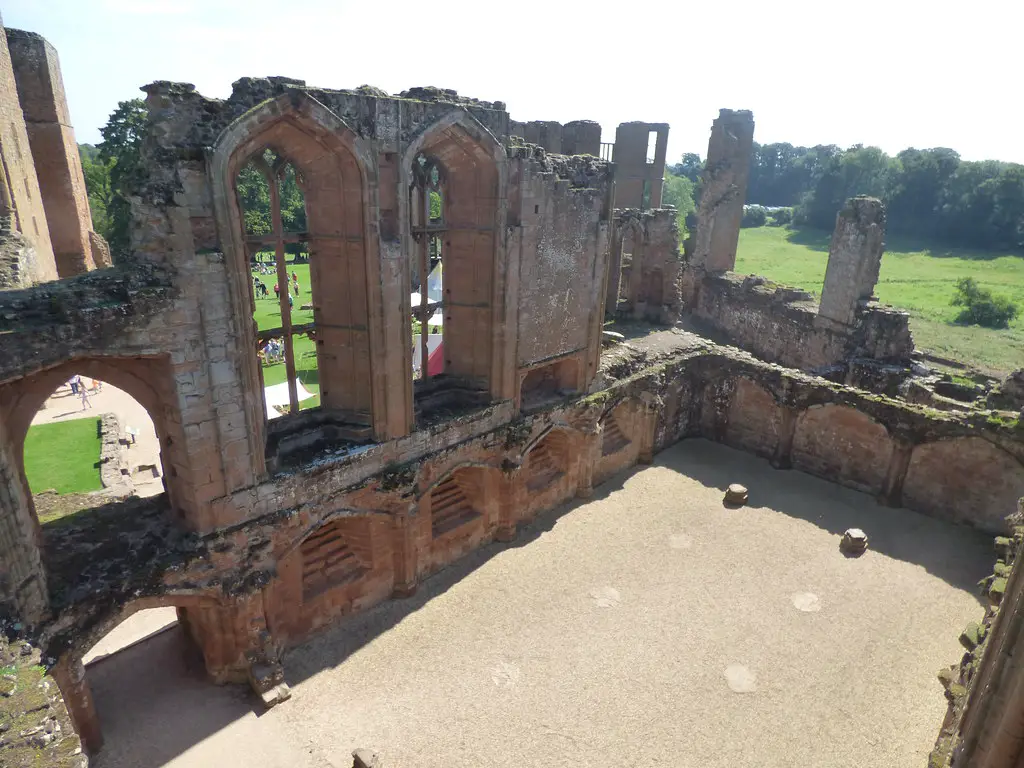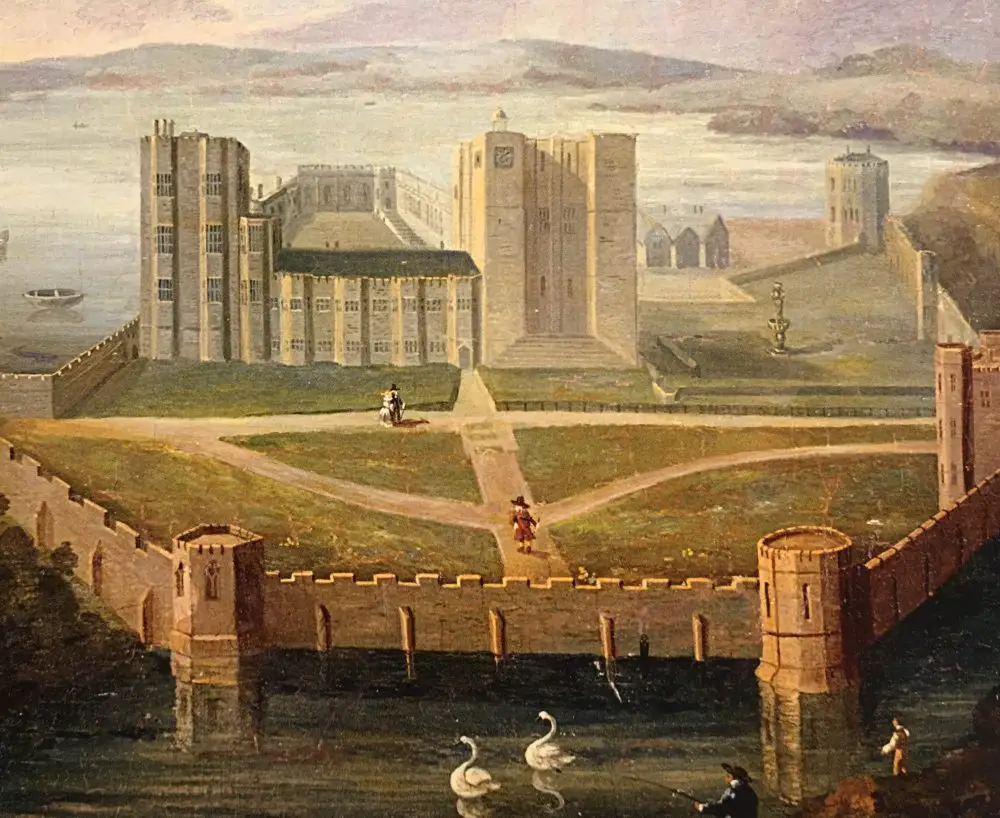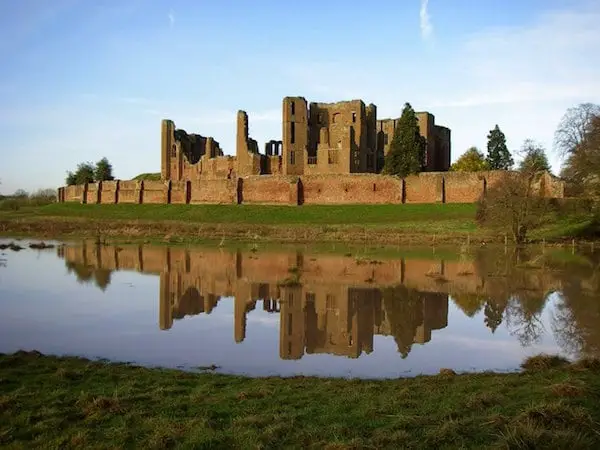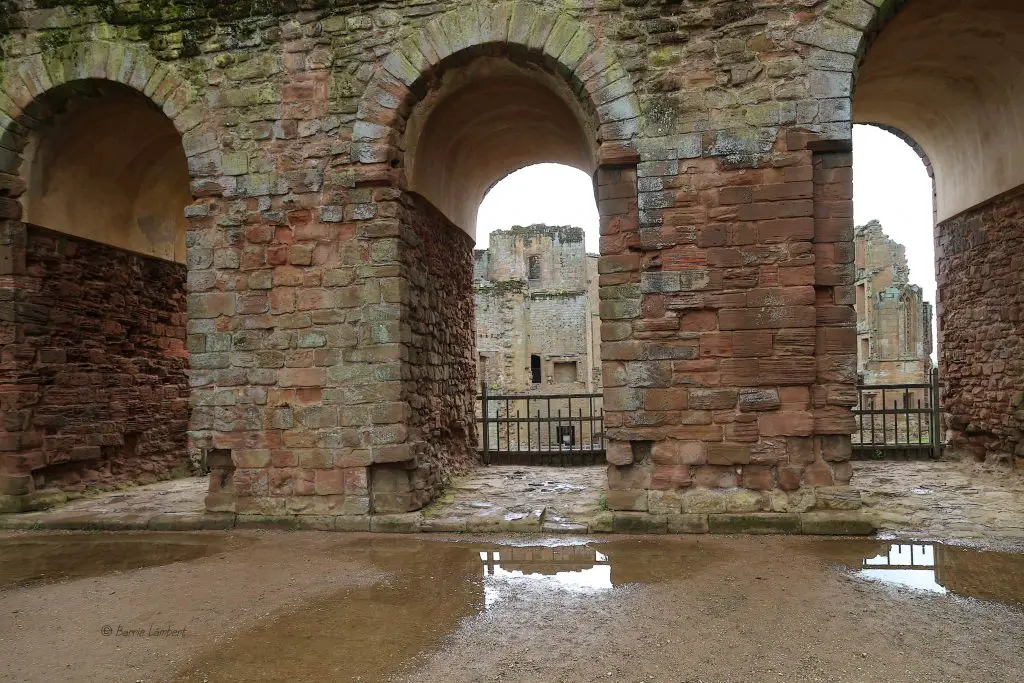Geoffrey de Clinton constructed Kenilworth Castle in the early 1120s, and it maintained its original form throughout the 12th century. King John took a particular interest in Kenilworth and made significant enhancements to the castle. He ordered the use of stone for the outer bailey wall, built two defensive walls, and created the Great Mere, a water feature designed to safeguard the fortress. These fortifications highlighted Kenilworth’s importance. However, King John’s son, Henry III, seized the castle from him.

Kenilworth Castle became the stage for the longest siege in English history. In 1264, King Henry III attempted to appease the rebelling barons by offering his son, Edward, as a hostage. The barons treated Edward cruelly, despite his eventual release in 1265. The following year, Simon de Montfort II, the owner of Kenilworth Fort, was supposed to surrender the castle to the King as agreed, but he refused to do so.

In June 1266, King Henry III besieged the castle, and the siege persisted until December of the same year. Despite numerous attempts, the castle’s defenses remained steadfast. Eventually, the King offered the rebels a chance to regain their confiscated properties if they surrendered the fortress.

As time passed, Kenilworth Castle continued to play a significant role in various important events. It was involved in Lancastrian operations during the Wars of the Roses, the removal of Edward II from the throne, and the grand reception that the Earl of Leicester prepared for Queen Elizabeth I. Unfortunately, Kenilworth suffered damage after the First Civil War and has remained an abandoned castle since then. Since 1984, the English Heritage Society has been responsible for managing the estate.

